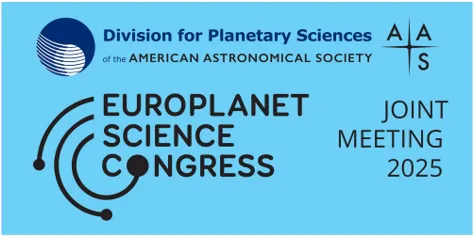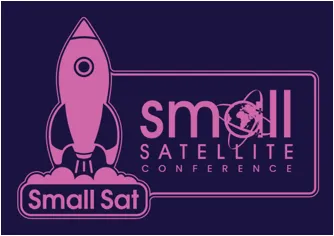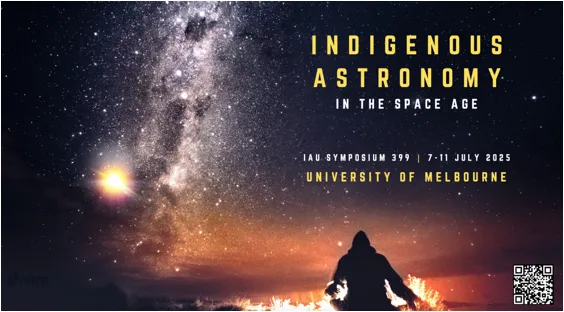





.webp)
A potential new dwarf planet was just discovered at the edge of our solar system
The trans-Neptunian object 2017 OF201 has a rare, highly elongated orbit—coming near Pluto at its closest and stretching about 36 times farther at its farthest point. It takes 25,000 years to complete one orbit, making it one of the most distant known objects in our solar system. Measuring around 700 km wide, it’s about one-third the size of Pluto and qualifies as a dwarf planet.
Discovered by detecting unexpected points of light in visible images covering a sky area roughly 50 times the size of the full Moon, collected over seven years, this finding highlights that even after decades of study, we are still uncovering new parts of our solar system. It underscores the immense value of mapping “all the sky, all the time.”

SpaceX Dragon’s Sonic Boom Stirs Southern California
On Saturday night, many in Southern California heard a brief sonic boom as SpaceX’s Dragon spacecraft reentered Earth’s atmosphere and splashed down safely in the Pacific Ocean. The Dragon capsule, which regularly carries astronauts and cargo, is designed for controlled reentry and recovery, ensuring both safety and precision.
SkyMapper’s all-sky monitoring will allow early detection of future
reentries like this — so you’ll be able to receive alerts before hearing the next sonic boom overhead. This is just one way SkyMapper is helping make space events less threatening, more accessible and engaging for everyone.
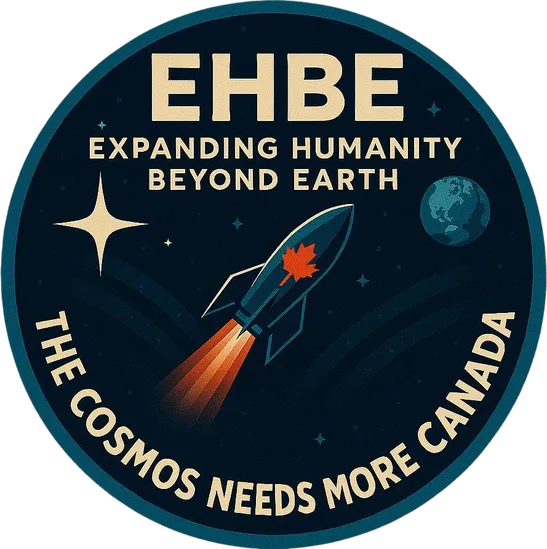
SkyMapper and EHBE Join to Expand Space Exploration Access for First Nation Communities
SkyMapper and EHBE are collaborating to make space exploration more accessible and engaging by combining SkyMapper’s telescope infrastructure with EHBE’s immersive “Edventure” community programs. This partnership aims to empower learning, discovery, and scientific advancement through a community-driven ecosystem.
The agreement ensures both organizations benefit fairly as the community grows, with a value-sharing system that starts with fiat rewards and will evolve into tokenization, keeping community impact central.
May 19-23, NYC
We sent our two co-founders (Stefaan and Franck) to Solana’s Accelerate to see new opportunities for innovation and collaboration in blockchain and decentralized infrastructure. They mingled, connected and identified new collaborations and opportunities.




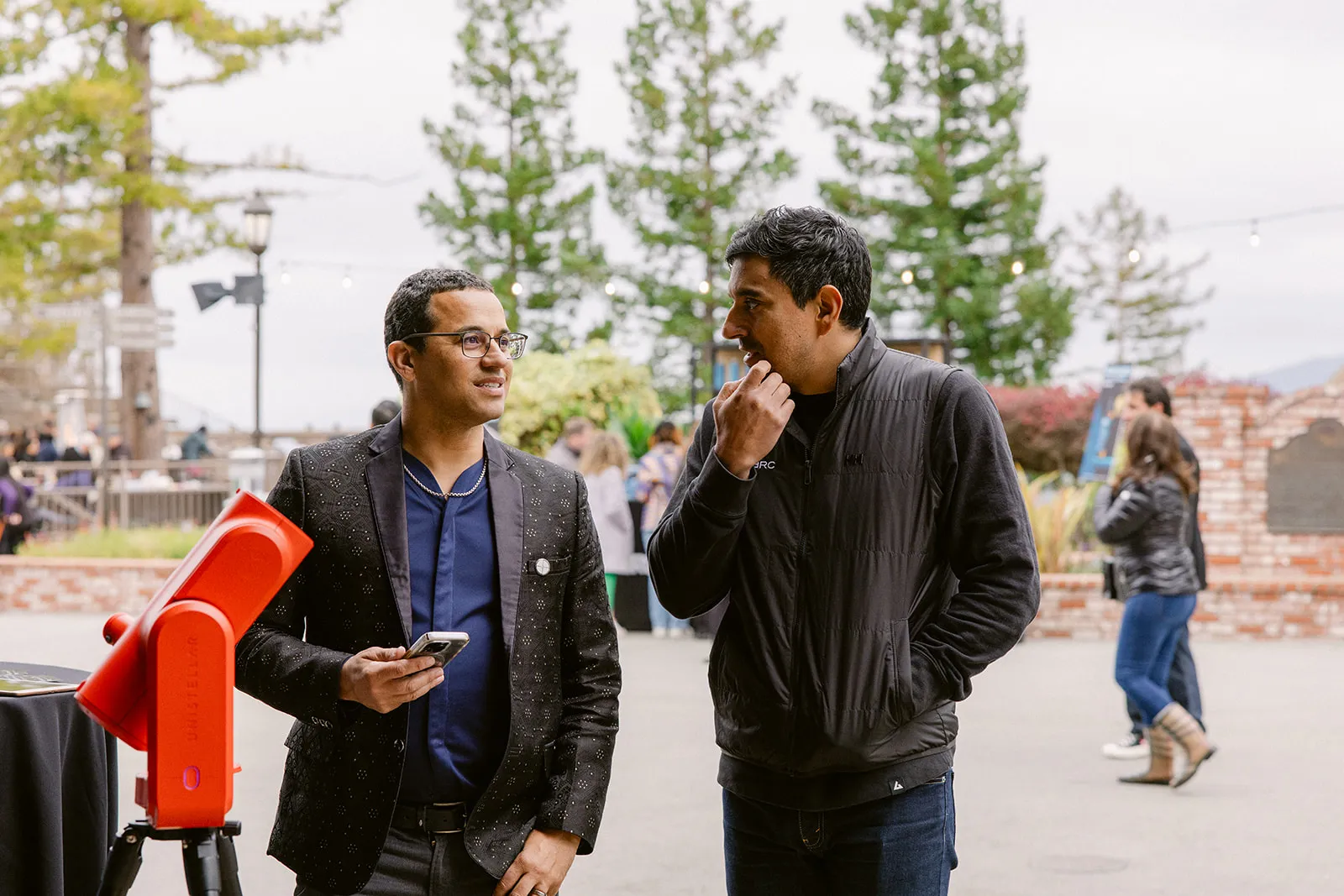



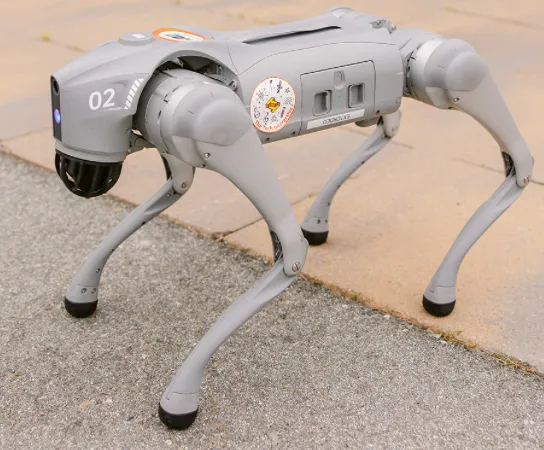


April 24, Mountain View, CA
CEO Franck Marchis and Exequiel Martini enjoy an evening discussing luxury and innovation in space exploration in the company of 18 year old single malt scotch whiskey, flying cars and a quadruped robot.
We sent one of our scientists, Daniel Peluso, to CAPS, the leading annual event for participatory science, bringing together researchers, practitioners, and community leaders to exchange ideas and showcase innovative projects.

Daniel Peluso, PhD (Astrophysics) represents SkyMapper at Conference for Advancing Participatory Sciences (CAPS), May 27-30, Portland, OR
Here’s Dan’s summary:
At the 2025 Conference for Advancing Participatory Science in Portland, I learned the importance of the “Four R’s”—Responsibility, Relevance, Reciprocity, and Respect—in building meaningful collaborations with Indigenous communities. Speakers stressed the value of listening, humility, and co-creating projects that prioritize community needs.
My studies in Indigenous astronomy introduced me to “two-eyed seeing” (etuaptmumk), which blends Indigenous and Western knowledge systems. SkyMapper is encouraged to adopt both the Four R’s and etuaptmumk, as doing so will expand its efforts to democratize astronomy, build stronger Indigenous partnerships, and integrate diverse knowledge sy
stems, creating opportunities for broader cultural engagement and empowerment.The conference also highlighted how participatory science and citizen-driven data collection can democratize discovery and expand community involvement, aligning perfectly with SkyMapper’s mission to broaden global participation in astronomy.

Here’s a snapshot of our new and improved features:

Mechanical engineering intern and UC Merced student, leading development of a new all-sky camera.

Orbital Dynamicist leading our satellite observability plannin and orbit determination.

Marketing Specialist tasked with increasing awareness of SkyMapper.

Lead Frontend Developer & Informatics Engineer

UX/UI Frontend Developer & Web Designer
